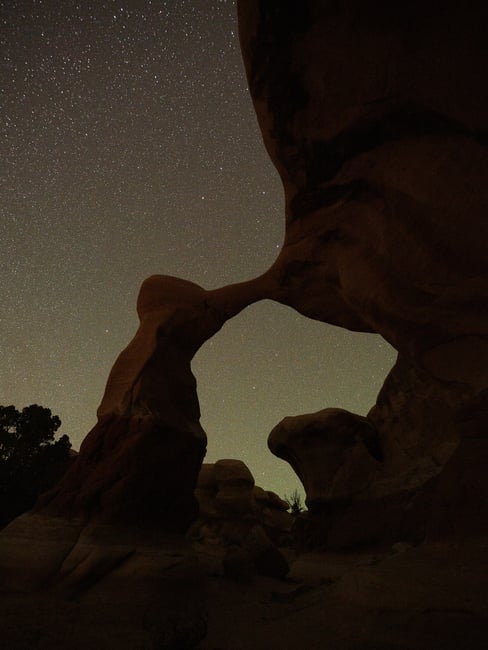خصائص التركيز
تقوم عدسة Sigma 14mm f/1.4 Art بالتركيز البؤري التلقائي بسرعة وبهدوء شديد، مع دقة مذهلة سواء في عدسة الكاميرا أو في العرض المباشر. وكانت الدقة عالية حتى في بيئة المختبر مما أدى إلى تضخيم أخطاء التركيز الصغيرة. لقد وجدت أنها كانت على قدم المساواة مع أي عدسة تحمل علامة تجارية عند التركيز البؤري التلقائي على كاميرا Sony a7R V. (كان التركيز البؤري التلقائي على كاميرا Nikon Z8 باستخدام محول Megadap عبارة عن حقيبة مختلطة، ولكن هذا هو الحال بالنسبة للعدسات المعدلة.)
Focusing Characteristics
The Sigma 14mm f/1.4 Art autofocuses quickly and very quietly, with impressive accuracy both in the viewfinder and in live view. The accuracy was high even in a lab environment which magnifies small focusing errors. I found that it was on par with any name-brand lens when autofocusing on the Sony a7R V. (Autofocusing on the Nikon Z8 with the Megadap adapter was more of a mixed bag, but that is typical of adapted lenses.)
تقوم عدسة Sigma 14mm f/1.4 Art بالتركيز البؤري التلقائي بسرعة وبهدوء شديد، مع دقة مذهلة سواء في عدسة الكاميرا أو في العرض المباشر. وكانت الدقة عالية حتى في بيئة المختبر مما أدى إلى تضخيم أخطاء التركيز الصغيرة. لقد وجدت أنها كانت على قدم المساواة مع أي عدسة تحمل علامة تجارية عند التركيز البؤري التلقائي على كاميرا Sony a7R V. (كان التركيز البؤري التلقائي على كاميرا Nikon Z8 باستخدام محول Megadap عبارة عن حقيبة مختلطة، ولكن هذا هو الحال بالنسبة للعدسات المعدلة.)
Focusing Characteristics
The Sigma 14mm f/1.4 Art autofocuses quickly and very quietly, with impressive accuracy both in the viewfinder and in live view. The accuracy was high even in a lab environment which magnifies small focusing errors. I found that it was on par with any name-brand lens when autofocusing on the Sony a7R V. (Autofocusing on the Nikon Z8 with the Megadap adapter was more of a mixed bag, but that is typical of adapted lenses.)



 -2.83% distortion, simulated
-2.83% distortion, simulated



 A reference for the size of the crops shown below
A reference for the size of the crops shown below












تعليق